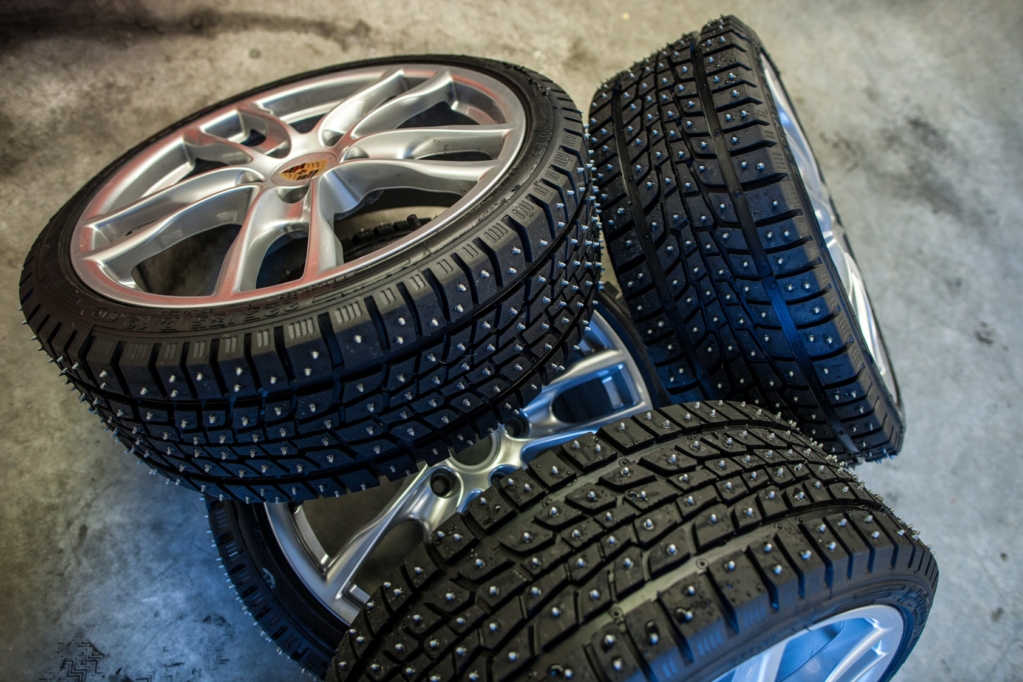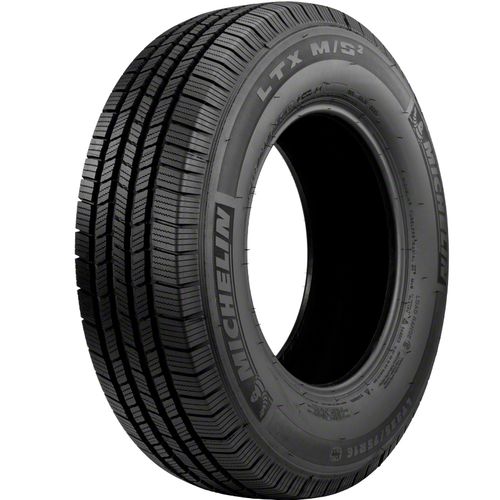Which is better: less or more studs on winter tires. Our tips and tricks.

In 2013, the Scandinavian countries, which officially allowed the use of studded tires, limited the number of studs to 50 pieces per linear meter of tire. Moreover, if the manufacturer proves that a tire studded above the norm does not have a devastating effect on the asphalt surface, compared to the standard, such tires can be sold.
Concern Nokian did not hesitate to take advantage of the reservation and issued Hakkapeliitta 8 with a record number of studs – 190, proving to lawmakers that the innovative stud fixing system and its material do not have a destructive effect on the road surface. It would seem that no one will be able to compare with Nokian on the icy road and her victory will be impressive. But not everything is so obvious.
The standard number of studs allowed by the new legislation is 96. And, as it turned out, this is enough to make the car behave predictably and obediently on a winter road. Of course, 190 spikes slow down faster, but 96 and 130, released before July 1, 2013, are also quite effective.
In any case, this is what the tests indicate. Three tires were selected for field trials: from Michelin, Gislaved and Hakkapeliitta 8. The first two are 96 spikes, the last – 190. Hakka predictably won the braking, but not so much that the results were amazing – an advantage in seconds. On wet pavement, again predictably, Hakka showed herself to be third, and a high level of noise from spikes was also noted.
Thus, experts conclude that there is no fundamental improvement in efficiency from increasing the number of studs and the question is how many studs on winter tires are not so important if we take its other characteristics.
Strictly speaking, studded tires are designed to ride on ice and rolled snow, it is in this segment that it has no equal. In other cases, modern models of friction tires do quite well with the tasks.
Michelin Innovation 
Even before the official limit on the number of studs appeared, Michelin began to develop a strategy for reducing studs on winter tires. It is based on the idea of a complex effect in which each rubber characteristic works on the result:
- rubber compound;
- tread;
- spikes;
- design.
Complementing each other, each component of the tire guarantees safety, efficient driving and long service life of winter tires.
A Michelin tire with 50 spikes per linear meter Latitude X-Ice North 2+ wins due to a well-developed rubber compound, and a reduced number of spikes did not lead to a decrease in mileage. As for the clutch, its rate has even increased.
During operation, the spikes tend to fly out. This is especially true of urban conditions, where contact with infrastructure is almost inevitable. There is no exact information about how many spikes that have flown out are critical. We, the online store of tires tiredealersites.com recommend monitoring the number of spikes and the condition of winter tires.
5 Car Engine Care

Taking care of the car engine can be as simple a task as driving daily. You just need to be aware of small details, but they make all the difference. This day-to-day attention can reduce wear and tear and considerably extend the life of your vehicle. After all, his heart is the engine.
It’s no use looking flawless if things don’t go so well inside, do you agree? With that in mind, here are five basic precautions you should take to keep your car’s engine up to date. Check out!
How to take care of the car engine?
The idea is to follow the manufacturer’s requirements, keep an eye on expiration dates and do some weekly checks. That done, it will be very difficult to be caught off guard. See more details below.
 1. Respect the deadlines indicated by the automaker
1. Respect the deadlines indicated by the automaker
You do not need to memorize all the information in your vehicle’s instruction manual. But it is essential to be aware of the deadlines indicated by the automaker for oil changes, filter and scheduled revisions . By following these guidelines to the letter, you can significantly reduce the chances of problems with your vehicle.
2. Regularly check radiator water level
Remember when you stop at the station and the attendant asks: do you want to have a look at the water and the oil? It is best not to let this opportunity pass. Be aware that the water level is adequate as the engine needs to go through the cooling process while running.
If you do not have the engine coolant, the temperature rises and you can fuse this key to your car’s operation. For better tips and guides go to automobileremedy.com and be equip with more ideas.
3. Observe the timing belt conditions
This is a small and very cheap piece, close to the damage it can do to you. On revisions, check whether the timing belt is worn or cracked that could cause the part to break.
If you start to hear whistles coming from the engine as you rev up your car, look for a garage as soon as possible. If the timing belt breaks or skips a tooth, the car engine will lock and melt the part on time.
4. Watch out for gear changes
If you have never understood why there is a rev counter on your dashboard, this could be damaging your car engine. Shifting within the optimum range is essential for the heart of your vehicle to always work in harmony.
In practice, idling at higher speeds overloads the engine and causes vibrations in the drivetrain. The opposite is also harmful, as slow gears at high speeds cause over-revs, which generates a loud noise and the feeling that the car is tied up. And all this causes excessive engine wear.
5. Do not ignore possible leaks
If you notice water or oil stains under the vehicle when you leave it parked, check for leaking parts. If, along with the stain, you notice that the oil has suddenly dropped, it may be a problem ! Then check the parts that may be damaged and make the change immediately.
Vehicle engine care is mostly taken while you drive. Steering more closely to the car’s needs, attention to fuel and possible noise are measures that can extend engine life by a few years.